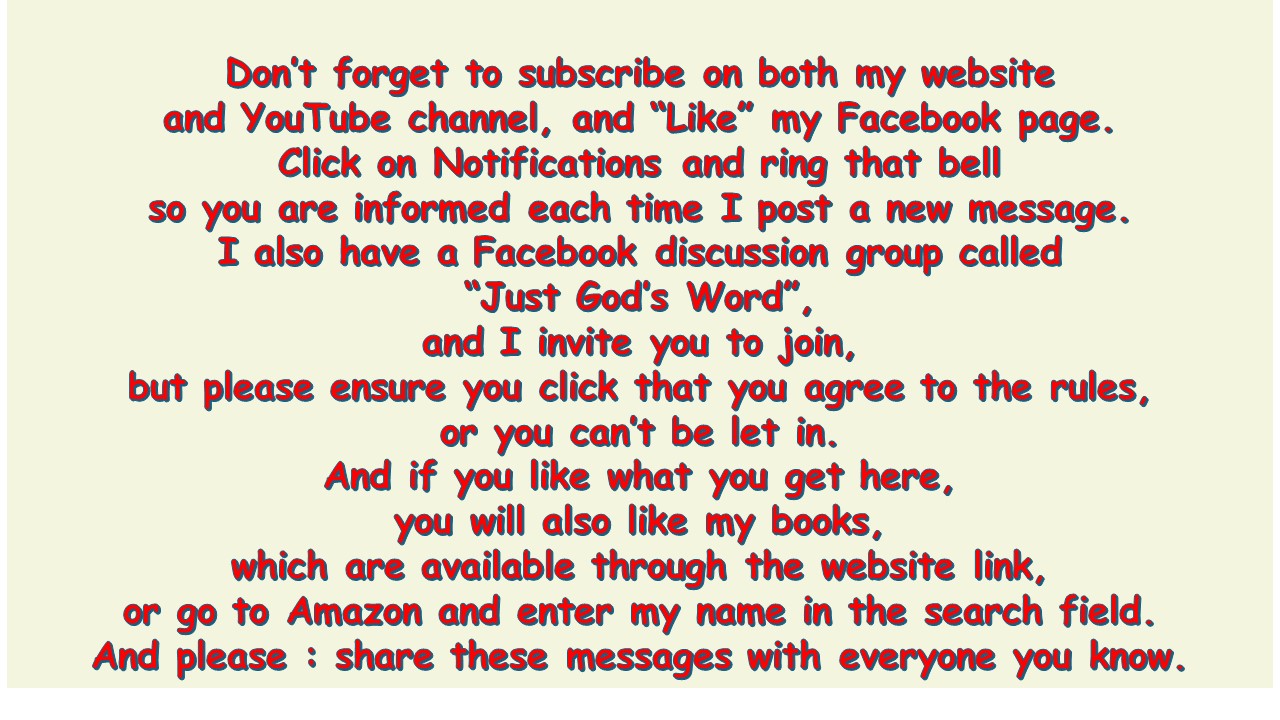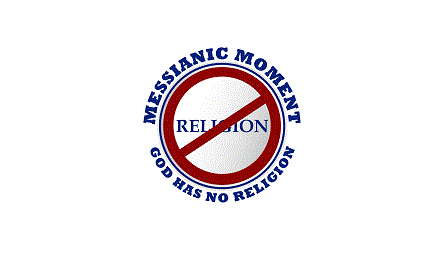One of the most important things to know when interpreting the Bible is the rule of Circles of Context. One should never take a single verse or passage out of the book, and make an argument or interpretation based solely on those few words.
Incorporated into that rule is the idea that some things stated are literal, and others are not, but without looking at a verse within the context of the entire statement or section, you really can’t be sure which way to go.
If you prefer to watch a video, click on this link: Watch the video.

For instance, when we read about Ezra reading the Torah to everyone in Israel, we know really, that not every, single person in Israel was there in Jerusalem. Clearly, this was a statement to be taken metaphorically.
On the other hand, when we read about how God parted the Red Sea, that is something we know to be literally true.
There are dozens of examples in the Bible where we read words that indicate much more than they really are meant to, and we need to use discernment and always contextual confirmation that what we think is to be taken literally, really should be.
Way too often I read what people say and think, “They can’t really mean that, can they?” because they are quoting from the Bible, but taking things totally out of context, or twisting the meanings to fit their desired interpretation.
There are two rules we must always follow when reading from the Bible: Circles of Context and Hermeneutics.
Circles of Context, as I explained, means looking at a verse or passage within the context of the paragraph, within the context of the letter, and consider who was writing this, and to whom.
Hermeneutics is, simply stated, making sure that whatever we read in one part of the Bible is in accordance with what we read in another part of the Bible. For example, if we read that Moses left Egypt because his murder was known, but someone interprets something elsewhere in the Bible to indicate Moses left for a different reason, we would have to reconsider both statements because they conflict. Only one can be true, which is why it is so important to know the Bible, inside and out, so that when you read something that conflicts with what you know to be true, you will be forced to investigate and determine, for yourself, which is correct.
So, the main lesson today, which I haven’t even stated yet, is to know the Bible! Don’t just read it but study it, so that you can be prepared to verify what is truth and what is misinterpretation when you talk with people.
Let me leave you with this great example of why we need to know the Bible: in the Gospel of Matthew, Chapter 4 starts with HaSatan tempting Yeshua, and for each biblical reference Satan uses to fool Yeshua into doing as he says, Yeshua knows how to refute Satan by reciting from the Torah to show Satan’s misuse of the passages.
That’s it for this week, so l’hitraot and (an early) Shabbat Shalom!
